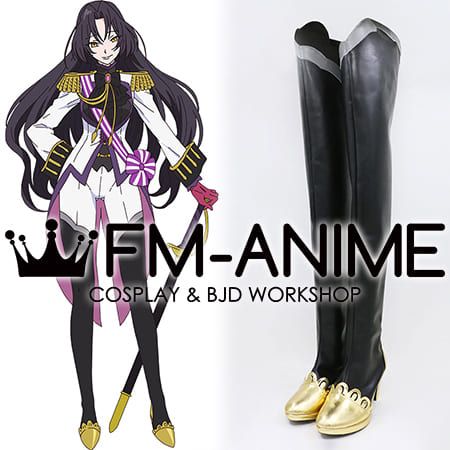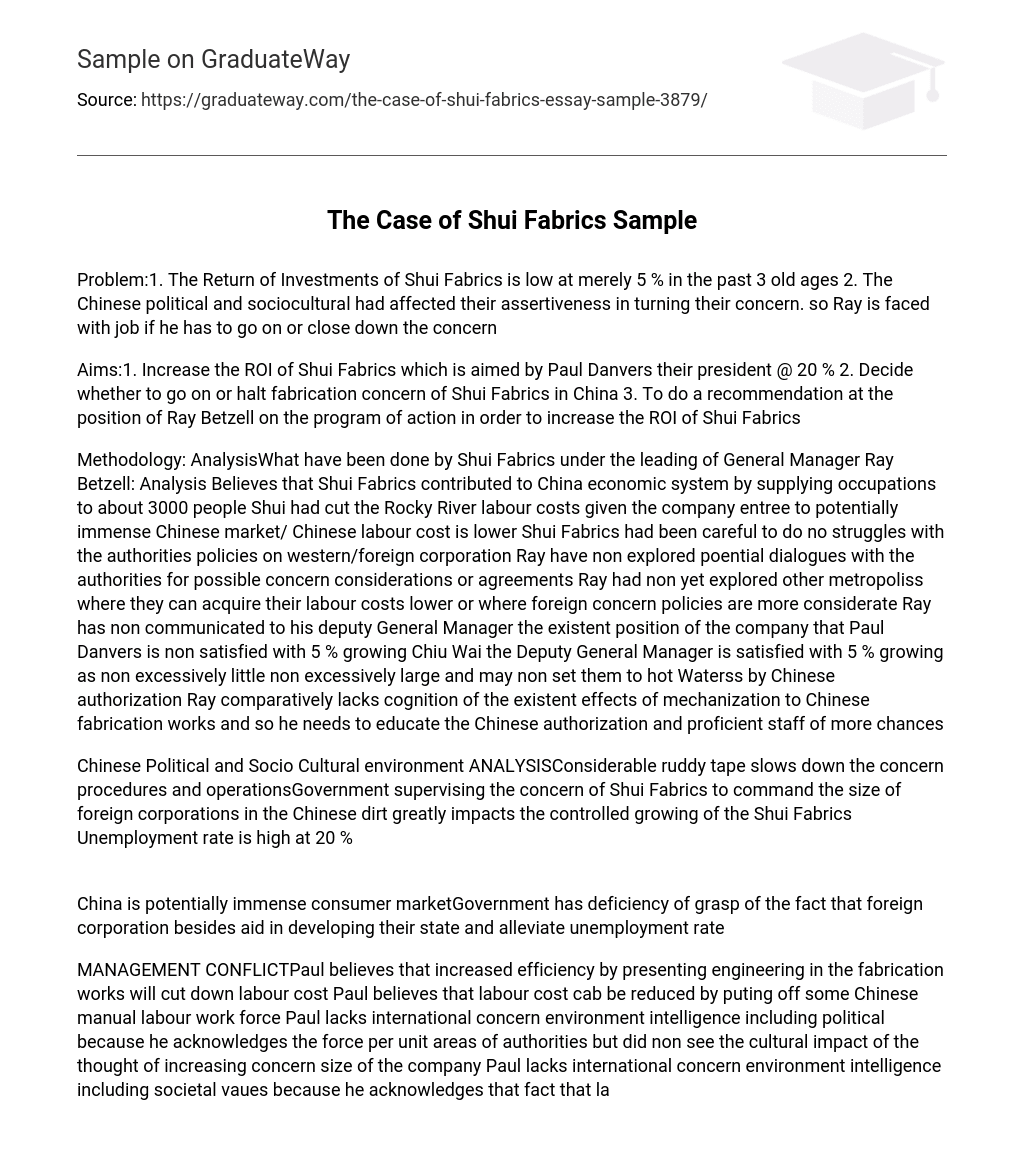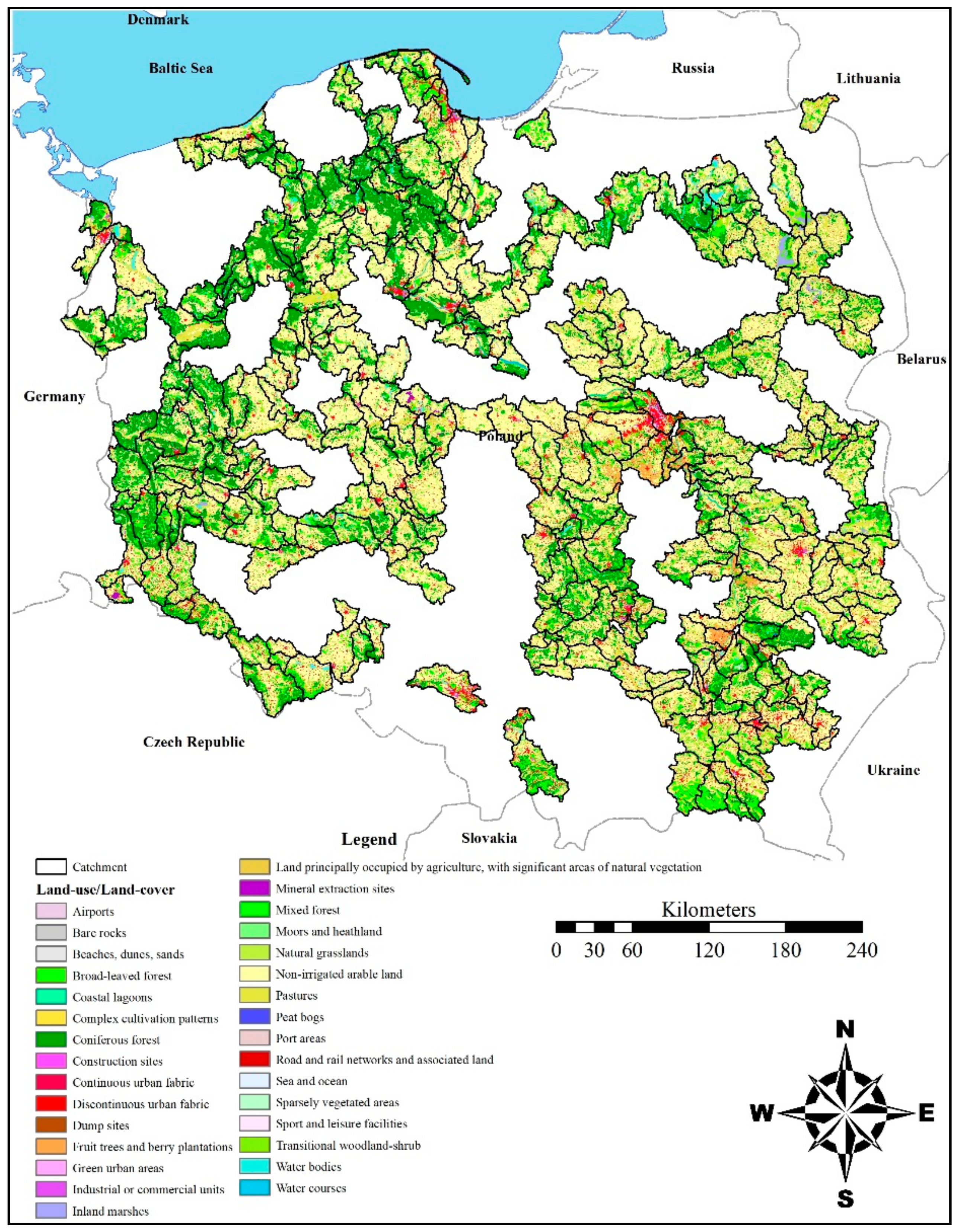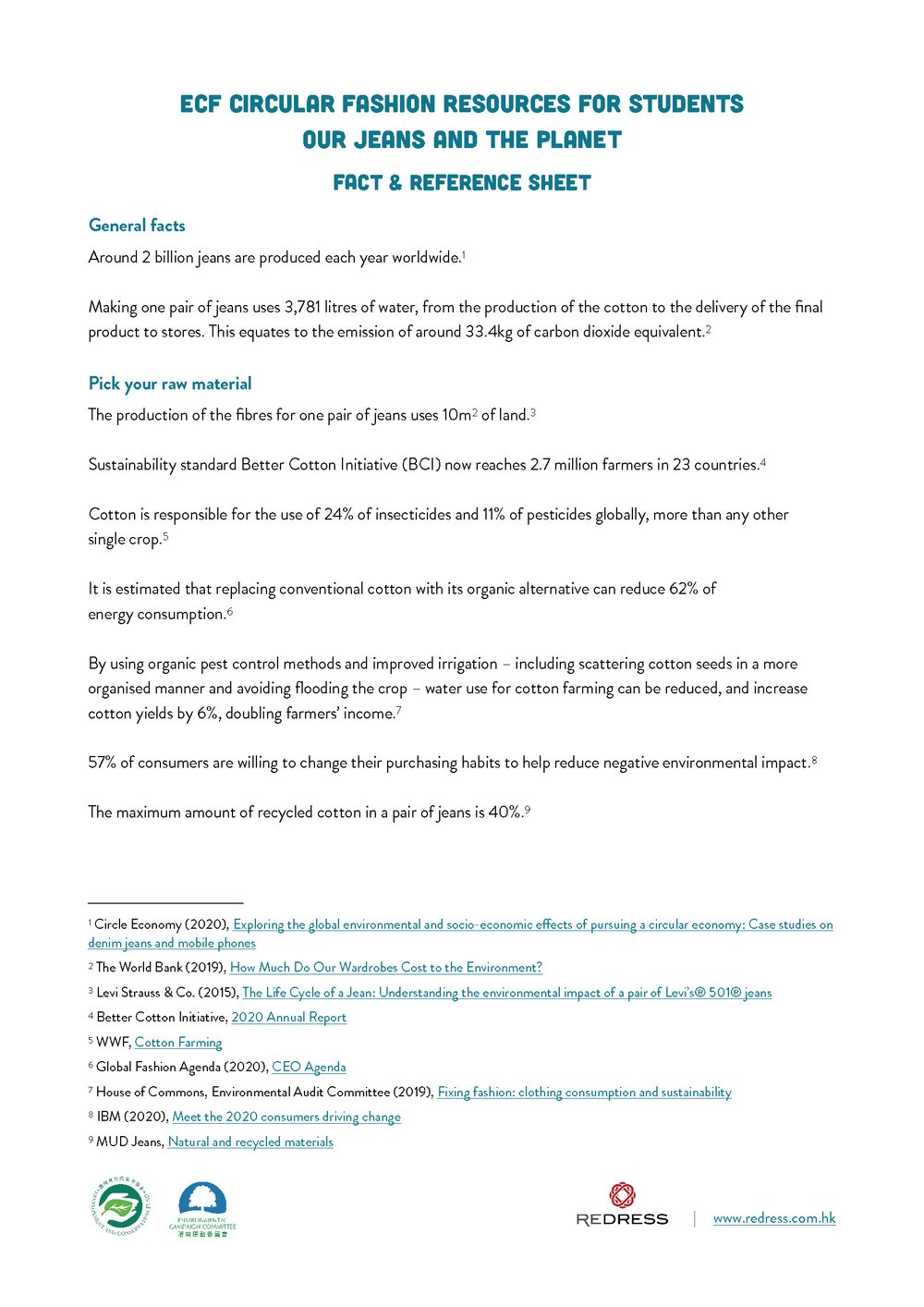Shui Fabrics is a successful textile company based in China that has been in operation for over three decades. Founded by Mr. Shui, a former government official with a background in engineering, the company has grown from a small workshop to a multi-million dollar enterprise, with customers all over the world.
One of the key factors in Shui Fabrics' success has been its commitment to quality. From the very beginning, Mr. Shui has emphasized the importance of producing high-quality fabrics that meet the needs of his customers. To this end, he has invested heavily in the latest technology and equipment, as well as training and development for his employees.
Another key factor in the company's success has been its focus on innovation. Mr. Shui has always encouraged his team to think outside the box and come up with new ideas for improving the company's products and processes. This has resulted in the development of a number of unique fabrics that have helped to set Shui Fabrics apart from its competitors.
One example of this innovation can be seen in the company's use of eco-friendly materials. As concern about the environmental impact of the textile industry has grown, Shui Fabrics has responded by introducing a range of fabrics made from recycled materials or natural fibers like bamboo and organic cotton. These fabrics have proved popular with customers who are looking for sustainable alternatives to traditional textiles.
Another area where Shui Fabrics has excelled is in its supply chain management. The company has established strong relationships with its suppliers, ensuring that it has access to high-quality raw materials at competitive prices. It has also implemented advanced logistics systems that allow it to efficiently manage the flow of goods from its factories to its customers.
Despite the many challenges it has faced over the years, Shui Fabrics has remained a profitable and successful company. This is due in large part to the vision and leadership of Mr. Shui, who has always been focused on delivering the best products and services to his customers. With its commitment to quality, innovation, and sustainability, Shui Fabrics is well positioned to continue its success for many years to come.
Case Study

The local government and party officials are keeping careful tabs on the enterprise, Chiu Wai is satisfied with a 5% ROI and he feels that he has done a good job for his country morally and for their side of enterprise by creating jobs for close to 3,000 people. Secondly, after identifying problems in the company, identify the most concerned and important problem that needed to be focused. In this phrase, we increased our automation level and capacity to not only take over the market and decrease the variable costs, but also to threat other companies from positioning new products to the market. This ensures that as a company plans to invest in a certain region, it must positively transform that society. Another option is to decrease the cost. China is attractive for low-cost manufacturing of goods, on this way, China has larger market and sales more products but with lower price, which means lower profit.
Shui Fabrics Case Study Solution and Analysis of Harvard Case Studies

The author of this theory suggests that firm must be valuable, rare, imperfectly imitable and perfectly non sustainable. Perhaps the high level of job satisfaction induces positive moods and emotions when employees are their respective work place. Once this has been shown. The final products of superior quality attain competitiveness globally and much profit returns are experienced. Upon achieving his goal he feels that he has done a good job for his country morally and for their side of enterprise by creating jobs for close to 3,000 people. Shui Fabrics Case 2 Introduction: A 50-50 joint venture between Rocky River, a U. The information provided, is for 62 societies around the globe.
SHUIFabricscase

Commercial versus non-commercial services For example, business terms and conditions, contract type and the utilization of incentives are perfect examples of commercial services offered to the society. At this point the cotton plant is ready to be harvested. Managers should allocate their budget very smart, so that performance and loyalty of workforce will increase and, as a result, increase business profits. Resources are also valuable if they provide customer satisfaction and increase customer value. Analysis of Relevant Facts A. In the year of 2000, after acquiring a. .







